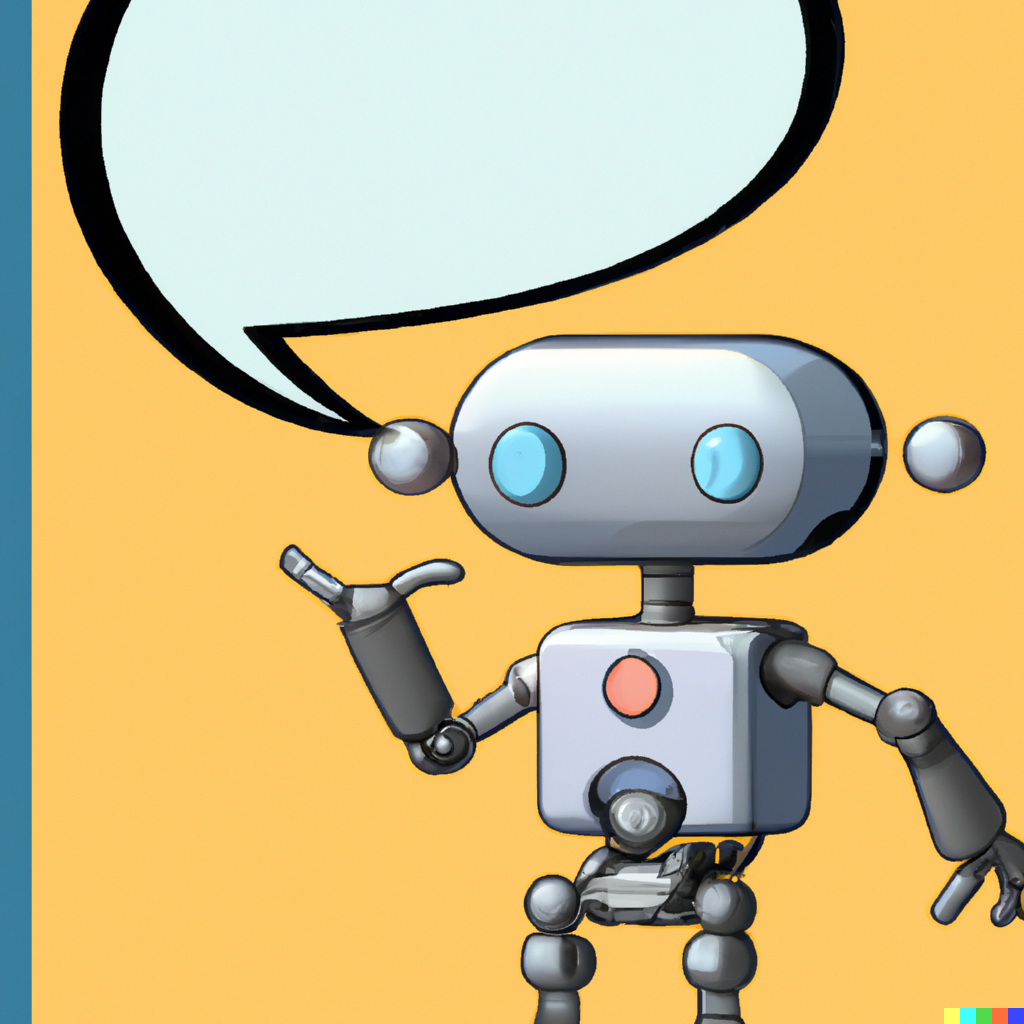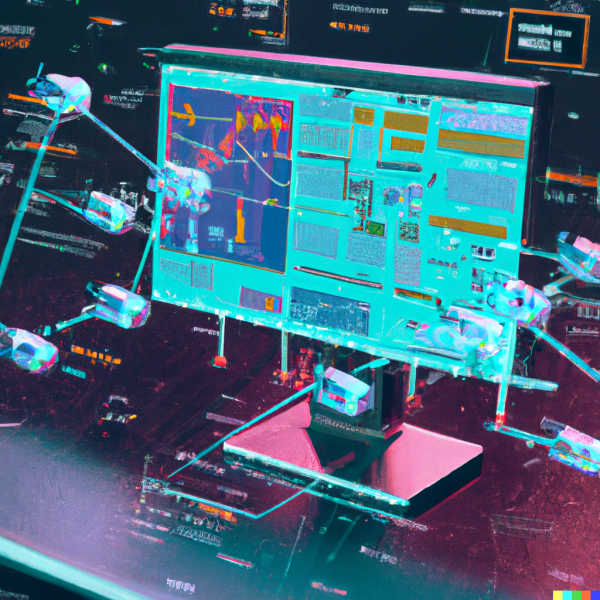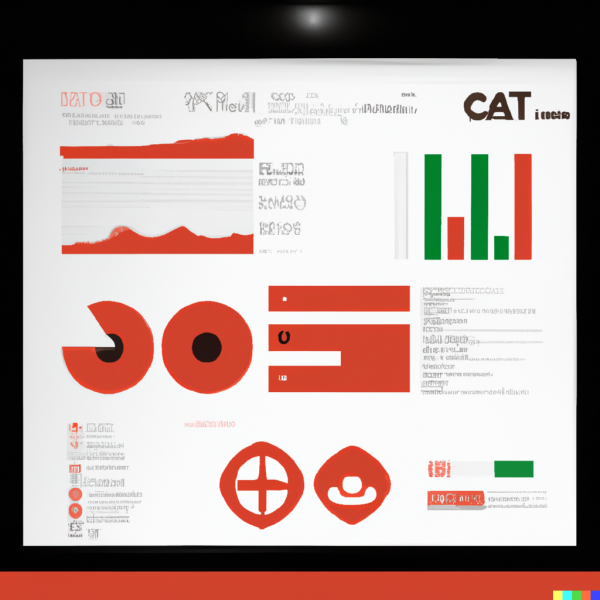Introduction to Rasa
Rasa is an open-source framework for building conversational AI applications, such as chatbots and virtual assistants. It allows developers to build, train, and deploy custom, intelligent agents that can interact with users in a natural, conversational way.
Rasa NLU
One of the key features of Rasa is its focus on natural language understanding (NLU), which is the ability of a system to understand and interpret the meaning of user input. Rasa uses a combination of machine learning and rule-based approaches to enable its NLU capabilities, which allows it to handle a wide range of inputs and handle them accurately.
Rasa NLU (Natural Language Understanding) is a natural language processing tool for intent classification and entity extraction. It allows developers to build chatbots that can understand the intent behind a user's messages and extract important information from them. Rasa NLU is a popular open-source library that is widely used in the development of conversational AI systems. It is built on top of other popular natural language processing libraries, such as spaCy and scikit-learn, and is designed to be easy to use and customize. Rasa NLU can be trained on custom data to improve its performance for specific use cases and languages.
Rasa NLU is a natural language processing tool that is used to identify the intent behind a user's message and extract relevant information from it. This information can be used to generate a response or take some other action, such as adding an item to a shopping cart or booking a flight. Rasa NLU uses machine learning algorithms to analyze user input and make predictions about the intent and entities present in the text.
To use Rasa NLU, you first need to provide it with training data that includes examples of the intents and entities you want it to recognize. This data is used to train a machine learning model, which can then be used to analyze new user input and make predictions about its meaning. Rasa NLU includes tools for evaluating the performance of the model and for improving its accuracy over time.
In addition to intent classification and entity extraction, Rasa NLU also includes a number of other features, such as support for multiple languages and the ability to handle complex language structures like synonyms and negations. It can be integrated with other libraries and frameworks, such as Rasa Core, to create fully-fledged chatbots and conversational AI systems.
Rasa Core Dialogue Management
Rasa also includes a dialogue management component, which allows developers to specify the logic and flow of a conversation, as well as define the actions that the agent should take in response to user input. This enables developers to create highly engaging and interactive conversational experiences for users.
Rasa Core is a dialogue management library for building conversational AI systems, such as chatbots and voice assistants. It allows developers to define the conversational flow of their chatbots and how they should respond to user input. Rasa Core uses machine learning algorithms to train a model on examples of conversation data, and then uses that model to make predictions about how to respond to user input in real-time.
Rasa Core is designed to work with Rasa NLU (Natural Language Understanding), which is a natural language processing tool that is used to identify the intent behind a user's message and extract relevant information from it. Rasa Core and Rasa NLU can be used together to create chatbots that can understand user intent and respond appropriately.
Rasa Core includes a number of features that make it easy to build and customize conversational AI systems. It allows developers to define the conversation flow using a simple, human-readable format, and includes tools for evaluating and improving the performance of the dialogue model. Rasa Core also supports multiple languages and can be integrated with other libraries and frameworks, such as TensorFlow and Keras, to create more advanced conversational AI systems.
Rasa Modular Architecture
Another key advantage of Rasa is its modular architecture, which allows developers to easily integrate it with other tools and services. This allows developers to easily integrate Rasa with other tools and services, making it a flexible and powerful choice for building chatbots and virtual assistants. For example, Rasa can be integrated with popular messaging platforms like Slack, Microsoft Teams, and Facebook Messenger, as well as voice assistants like Amazon Alexa and Google Assistant. This makes it easy to deploy Rasa-powered agents in a variety of different environments.
One of the benefits of Rasa's modular architecture is that it allows developers to use the specific components that best fit their needs. For example, Rasa includes both a natural language understanding (NLU) module and a dialogue management module, which can be used independently or together, depending on the requirements of the project. This allows developers to tailor their Rasa-powered agents to their specific use cases.
Conclusion on Rasa
Overall, Rasa is a powerful and flexible framework for building conversational AI applications. Its focus on NLU and dialogue management, as well as its modular architecture, make it a great choice for developers looking to create engaging and interactive experiences for users.




